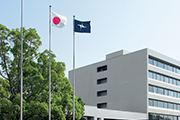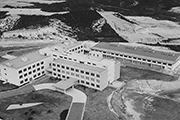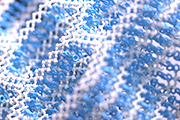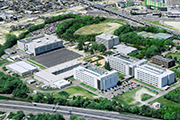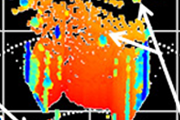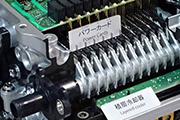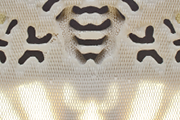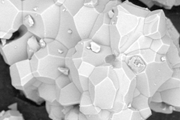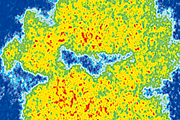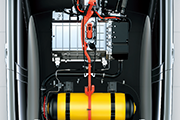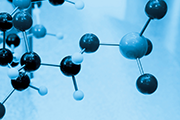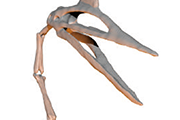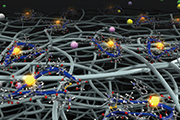Mechanism of special friction characteristics revealed by synchrotron radiation
A study conducted by Naoko Takechi-Takahashi et al., in collaboration with Nagoya Institute of Technology and Toyota Motor Corporation was published in Friction.
Reducing mechanical losses through lubrication is essential for improving the efficiency of powertrains in automobiles and machine tools. Lubricants generally contain additives that help reduce friction and prevent wear and seizure. Especially, oleyl acid phosphate (OLAP) have special friction characteristics that reduce friction to an extremely low level at low speeds under extremely low surface pressure, and this mechanism has not been elucidated.
In this study, we analyzed the layer formed on a friction surface from OLAP-containing oil under conditions close to those during sliding using near-edge X-ray absorption fine structure (NEXAFS) with synchrotron radiation, and clarified the chemical state by combining first-principles calculations. As a result, it was inferred that iron salts of phosphate esters and coordination structures condensed at the friction interface with the substrate, and the layer was theoretically explained as being grease-like by verification using a model that took into account the characteristics of non-Newtonian fluids. This findings paves the way for the molecular design of high-performance lubricants and will greatly contribute to extending the life and improving the reliability of sliding components.
Title: Friction and wear characteristics of acidic phosphate ester boundary layers analyzed by near-edge X-ray absorption fine structure
Authors: Takechi-Takahashi, N., Matsushima, K., Isomura, N., Kosaka, S., Ohmori, T., Sano, T., Maegawa, S., Itoigawa, F.
Journal Name: Friction
Published: April 24, 2025
https://doi.org/10.26599/FRICT.2025.9441040















